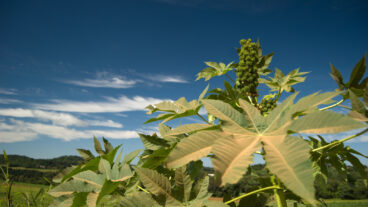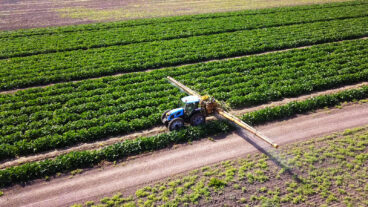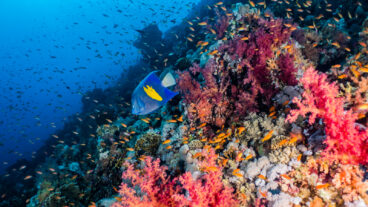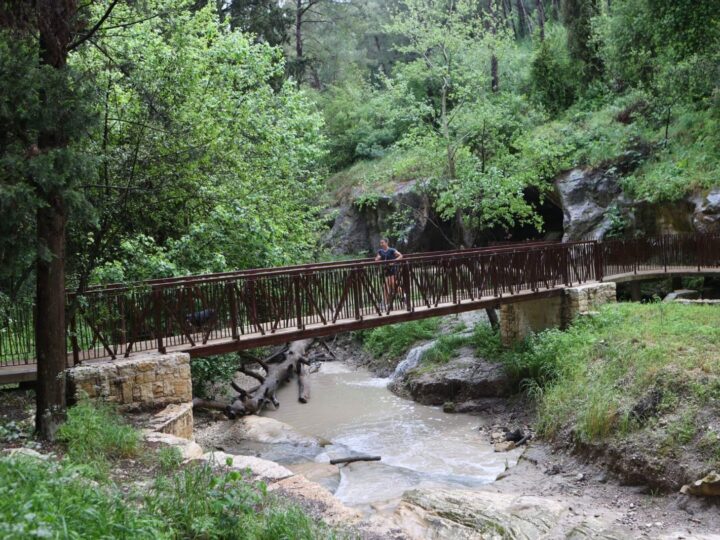On December 14th, over 350 people from 40 countries will convene at Ben Gurion University’s Sede Boqer campus and talk about desertification. The conference will not only be the largest international conference ever held in Israel about an environmental topic, but probably the largest international academic forum ever on desertification. This is a crisis that has actually been defined by the United Nations and World Bank “Millennium Assessment” as the environmental problem which affects more people than any other worldwide.
Desertification is technically “land degradation” in the drylands. Erosion, soil loss and contamination are problems everywhere. But in the areas where there is little rainfall to help with rejuvenation, the long-term impact tends to be more severe and irreversible. Some 200 million people, especially in Africa, suffer from the steady loss of their land’s productivity. The results can be catastrophic: hunger, refugees, disintegration of communities, ecological damage.
Unfortunately, because the problem is often considered an African one, it has not been addressed with the same level of commitment that other global challenges, such as biodiversity or ozone depletion, have. That’s because Africa has other pressing problems like AIDS and because Western nations simply do not relate to it as an environmental issue that affects them. This is particularly unfortunate, as the solutions to the desertification pathology are well known and are clearly cost-effective to implement. Yet, few if any countries in the world, in particular the developing world can show progress during the past decade in the field, despite a special UN treaty that was enacted to address the matter.
Transforming a desolate homeland
Israel, however is different. Israel’s climate is of course largely a desiccated one. Indeed 93 percent of its lands are defined as drylands. In 1948, the country’s soils showed dramatic deterioration, and conditions were growing worse quickly. The causes involved overgrazing, deforestation and agriculture that was not sustainable. The notion of a ‘desolate,’ ‘neglected’ homeland – was not just Zionist propaganda. It was born out by aerial photographs and reports by international soil scientists.
Since that time, however, a combination of grazing regulations, agricultural innovations, ambitious water management projects, aggressive afforestation efforts and a national commitment to making the Negev a productive region produced impressive results. Entire regions have been transformed and for the better.
Of course there were mistakes made along the way. Water resources were contaminated due to poor irrigation practices. It took some time to figure out the optimal mix of tree plantings. Some agricultural crops failed. But Israel’s success in changing large sections of the Negev into fecund agricultural lands and forested parks makes its record somewhat unique in a world where most of the desertification trends are negative.
Conference doubles in size
That’s why the conference at Sede Boqer is of such importance. The first conference for “Drylands, Deserts and Desertification” at Ben Gurion University of the Negev in 2006 attracted roughly 200 participants. The upcoming meeting should be twice the size.
Enjoying dozens of sponsors, especially UNESCO and Israel’s Foreign Ministry – some 100 African experts, practitioners and officials are being brought to participate and to learn from Israel’s experience in the field. The topics to be discussed range from desert ecology and pastoralism to drought resistant plants and the role of gender in desertification.
The notion of a professional conference whose participants are quite heterogeneous was considered anomalous at the first gathering, but proved to be a particularly interesting forum. Scientists mix with farmers and bureaucrats and share their experiences.
Like all conferences, the most interesting and valuable time is that spent during breaks and in the field where conversations between the diverse participants are rich and stimulating. Field trips offer participants close-up views of Israel’s work in the region. Conferences of course do not solve problems immediately. But by bringing this diverse group of people together to discuss solutions – it is a good start.
Links:















